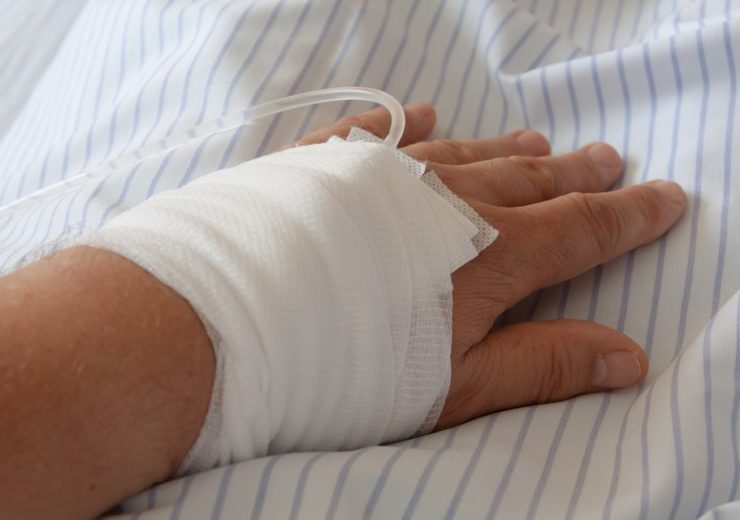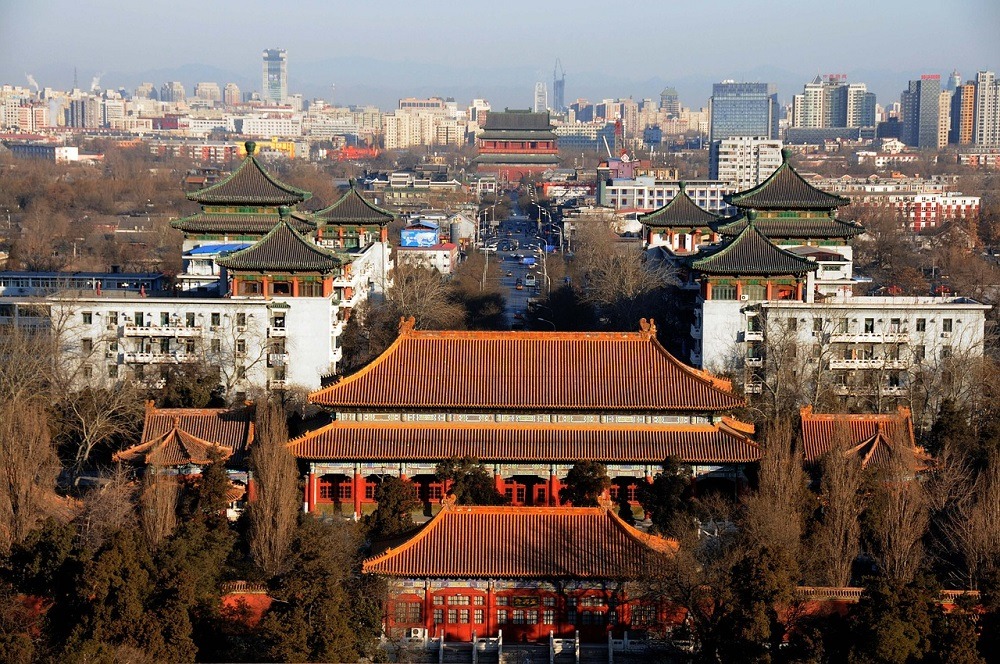China’s rapid technological advance includes wound care management as new techniques for improved products and dressings is expanding the market

The wound care management market in China, valued at $3.3bn in 2018, is expanding at a compound annual growth rate of 6.2% to reach $5.1bn in 2025 (Credit: Pixabay)
Injury is the fifth leading cause of death in China and with healthcare becoming increasingly open to the wider population, innovators in the country’s healthcare sector have taken up the challenge to provide effective and affordable products.
With China’s ageing population becoming increasingly prone to chronic, non-healing wounds due to complications from the likes of diabetes, obesity and cardiovascular disease, the need for effective healthcare is driving growth in markets offering innovative products to treat the masses.
Medical device analyst at the market intelligence firm GlobalData Tina Deng said: “Standard treatments such as sutures, traditional wound dressings and wound debridement devices are continuing to gain acceptance in the rural areas that have poor healthcare access.
“Due to expansion in insurance coverage for more Chinese and increase in primary healthcare facilities, the market for these basic wound care products in China is going to grow faster than the global average.”
The rapid adoption of advanced wound care products
As a fast-growing region, China has quickly moved up the value chain creating world-class industries in everything from 5G to AI, and the medical device and equipment market is one of the fastest growing sectors in China.
The constant economy growth and financial improvement have raised its citizens’ awareness around healthcare and well-being topics.
According to GlobalData, the wound care management market in China is estimated to expand at a compound annual growth rate of 6.2% from $3.3bn in 2018 to $5.1bn in 2025.

With the government policy supporting and encouraging domestic medical device innovation, some local manufacturers are growing stronger and competing with foreign suppliers.
In addition, the government’s Made in China 2025 initiative to improve industry efficiency, product quality and brand reputation will further advance development of domestic medical device manufactures.
It is also anticipated to increase the competitiveness of Chinese medical device brands in the long-term as high-performance medical equipment is one of its ten priority sectors.
Moreover, GlobalData’s research reveals that advanced wound dressings and the negative pressure wound therapy (NPWT) market expanded quickly, driven primarily by increasing awareness of the technique and its various applications.
NPWT is a therapeutic technique using a vacuum dressing for healing in acute or chronic wounds and to enhance healing of second- and third-degree burns.
As healthcare purchasing in China is always cost-sensitive, GlobalData says proper pricing strategies for advanced dressings and NPWT devices are key to winning the market.
For example, an emerging technology is the disposable NPWT device, that is expected to see rapid adoption due to expanding indications including surgical incisions, as well as their drastically reduced costs.
Ms Deng said: “These devices, however, cannot be reimbursed and patients have to pay out-of-pocket in many provinces, which affects the product penetration.
Further research for improvement on performance of wound dressings
Earlier this year, scientists from the Institute of Biophysics under the Chinese Academy of Sciences and the University of Science and Technology Beijing created a new method to improve wound dressings by enhancing their blood coagulation and wound healing properties.
Developed as a three-dimensional layered nano-fiber sponge, its elasticity increases the inter-facial interaction between the sponge and blood cells to control bleeding.
The scientists claim it is both highly compressible and resilient, and that it provides an efficient absorbent material for deep wounds and creates a dynamic micro-environment to regulate cellular behaviour.
Experiments using mice with skin defects demonstrated the easy to produce sponge could effectively accelerate wound healing and reduce scar formation.
Titled Layered nano-fiber sponge with an improved capacity for promoting blood coagulation and wound healing, the research was published online in the scientific journal Biomaterials.
Ms Deng added: “More advanced products such as novel bio-surgery homeostatic agents, robotic devices for wound closure, tissue-engineered skin substitutes, and state-of-the-art wound measurement devices that may integrate with AI and machine learning are playing an increasing role in wound healing.
“The market for these devices is expected to see rapid bursts of growth in China.”
